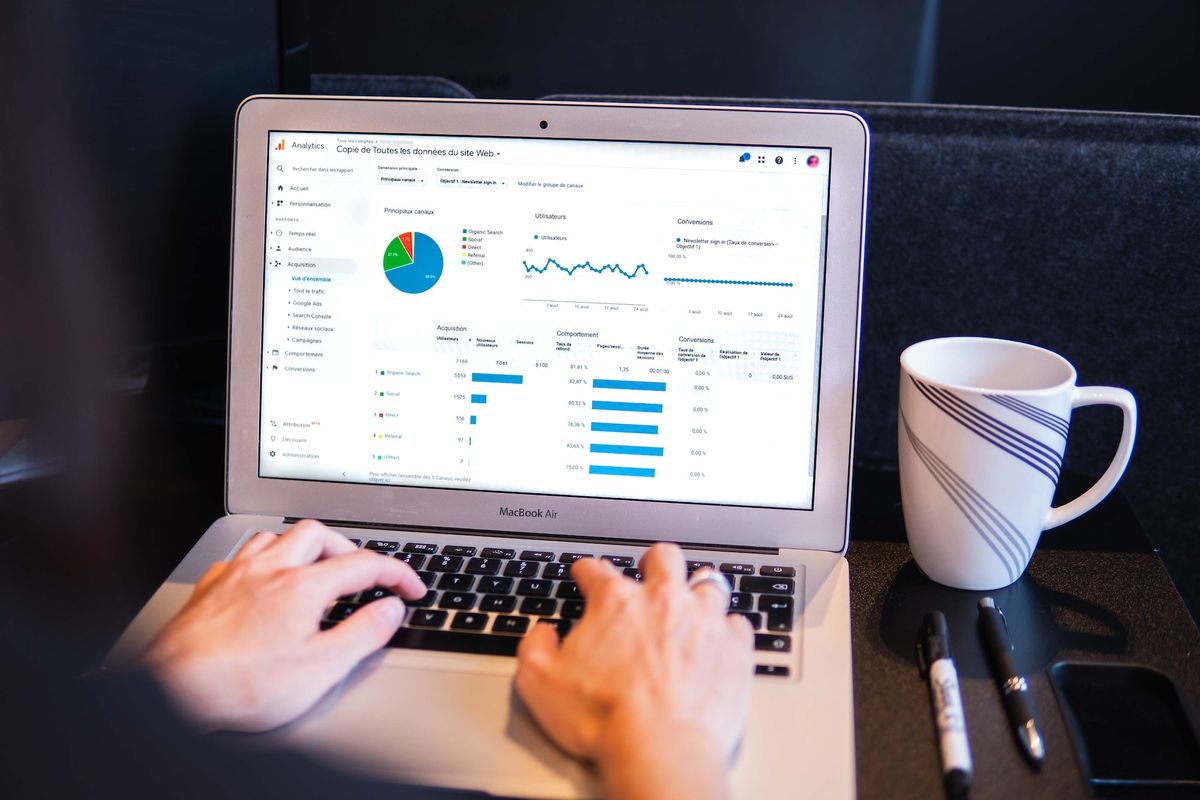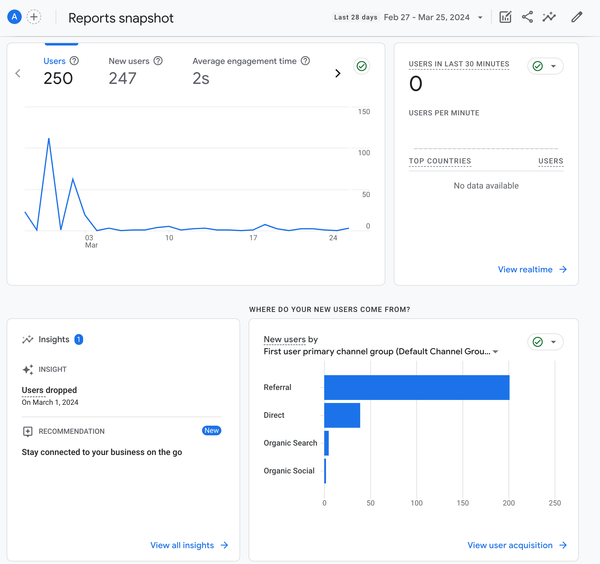Implementing First-Party Data Strategies: A Deep Dive for SMEs in a Cookieless Era
In this follow-up article, we will delve deeper into the world of first-party data. We'll explore the concept, the benefits it offers, how to collect it, and most importantly, how to leverage it effectively for your marketing strategies in the cookieless era.

The Average Joe
The "IKEA instructions for investing" to help you become a better investor. Market trends & insights that are simple, concise, and impactful.
Following our previous article about the changing dynamics of the digital world towards a cookieless internet, it's evident that the importance of first-party data has skyrocketed. In the wake of the diminishing role of third-party cookies, SMEs are finding themselves in a position where the utilization of first-party data is not just an option, but a necessity for survival and growth.
In this follow-up article, we will delve deeper into the world of first-party data. We'll explore the concept, the benefits it offers, how to collect it, and most importantly, how to leverage it effectively for your marketing strategies in the cookieless era. From enhancing customer relationship management (CRM) systems to offering customer incentives for data sharing, we'll discuss how SMEs can adapt to this new landscape and thrive.
We'll also provide some real-world examples of SMEs who have successfully adapted their strategies around first-party data and the lessons that can be learned from their experiences.






